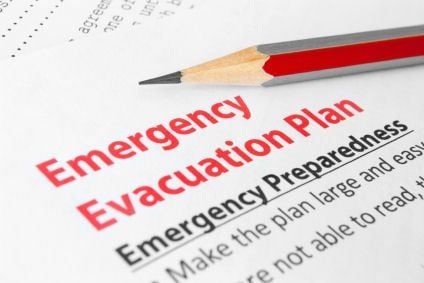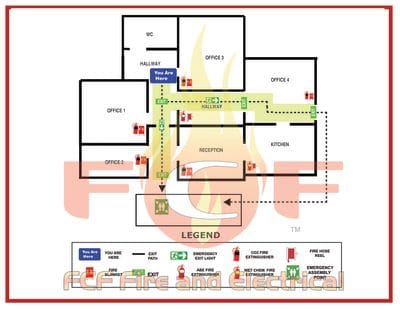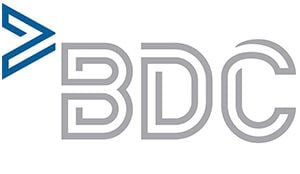It Is Essential to Comply with Australian Standards
)
The Australian government requires the safety of employees very seriously, and that is the reason there are legislation, regulations, standards, codes of practice or matters relating to occupational safety mandating emergency preparedness across most sectors of society. For instance, there are actually Fire Safety requirements covered by different parts of the legislation, regulation, Australian Standards, reference manuals and codes applied to numerous jurisdictions across Australia.
As far as emergencies, nothing beats being prepared with the right attitude, equipment, and emergency response exercise training. Since no one is able to anticipate when an emergency situation or maybe a disaster will hit, it gets a lot more crucial to take on an attitude of preparedness therefore as never to waste energy and time when it matters the most.

The Amendments to Australian Standard AS3745-2010 documents a few additional elements that the emergency plan should now reference.
Changes include:
- Inclusion of maintenance and routine servicing requirements of the plan
- Broader definitions of emergency features, which now include safety and security considerations in addition to fire prevention
- Inclusion of a separate section for the emergency response exercises
Consider reviewing your emergency plan against the amended standard to ensure that you cover everything that is required.
Australian Standards For Emergency Evacuation Diagrams/Fire Evacuation Diagram And Signs
- Building specific emergency evacuation procedures should now be included in the diagrams.
- Fire hydrants are no longer a required element within the diagrams and are now optional.
- External elements of the plan (such as landscaping, fences, etc.) should not be included on the diagrams unless they form part of the egress path.
- Larger facilities (such as hospitals, universities and shopping centres) should prepare their diagrams in sections, showing no more than two exits on each section.
- The size requirements of the diagrams have changed. Where only minimum elements are being shown on the diagram, the diagrams must be at least A4 in size, with the floor plan at least 30,000mm2 in size. Where there are also optional elements shown on the diagram, the diagram must be at least A3 in size, with the floor plan component at least 60,000mm2.
Requirements for Fire Evacuation Diagram
With the new Australian Standard (AS) 3745 "planning for emergencies in facilities" requirements, it is detailed that all evacuation diagrams should have the following to be compliant with current standards.
- 'You are here' location
- Fire stairs
- Fire indicator panel
- Firefighting equipment locations
- Emergency exit points
- Assembly points
- Legends and more
Optional Evacuation Diagrams Include:
- Emergency information
- Site plan
- First aid stations
- Warden details
- Spill kits etc.
It's also a requirement under Australian Standard 3745-2010 Planning for Emergencies in Facilities, that evacuation diagrams are reviewed every five years.

)
)
)
)
)
)
)
)
)
)
)
)
)
)
)
)
)
)
)
)
)
)
)
)
)
)
)
)



